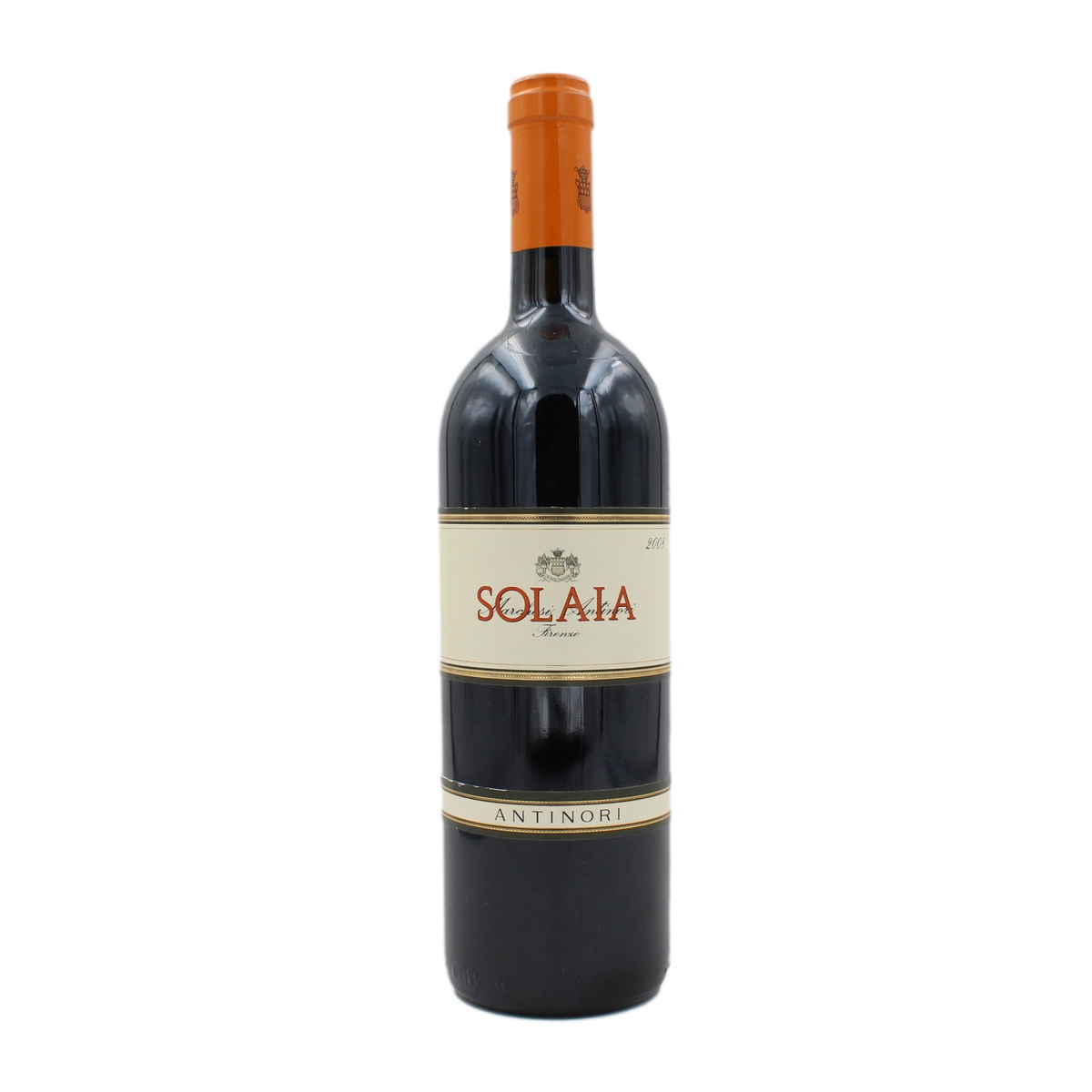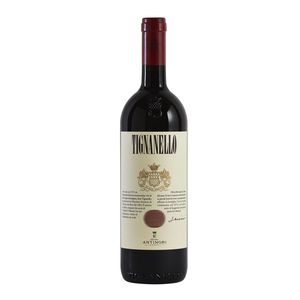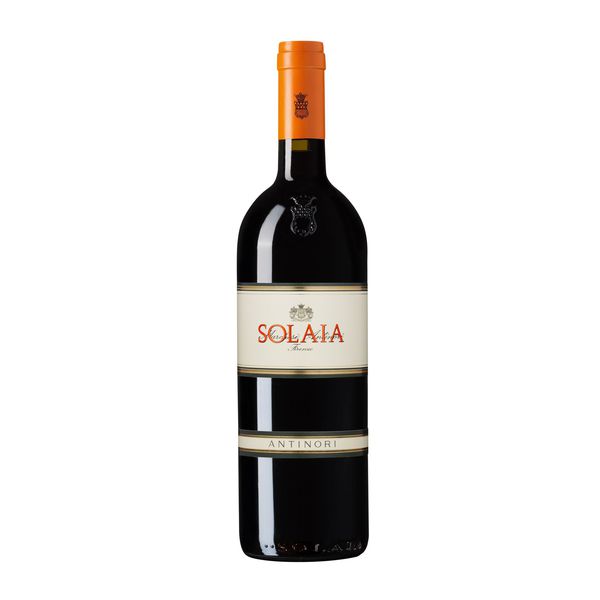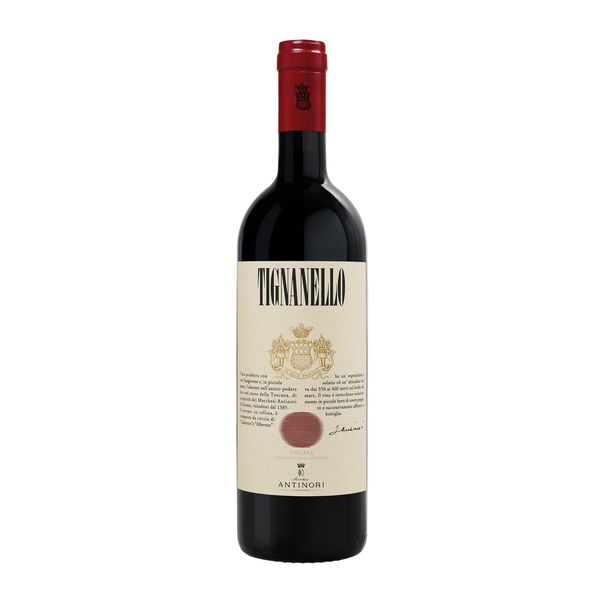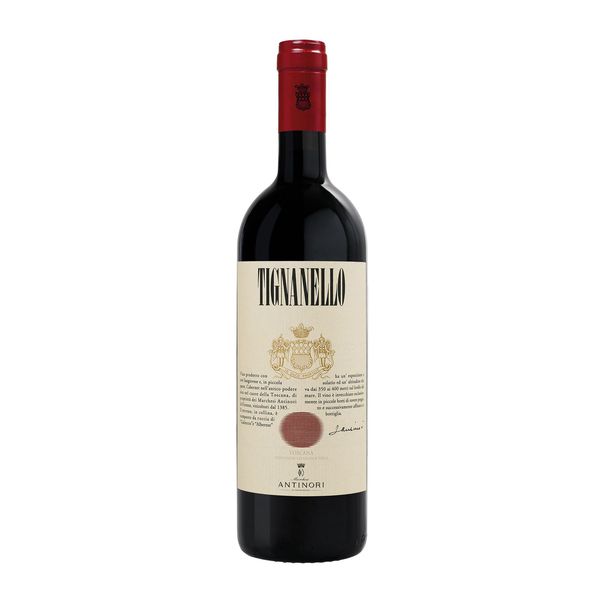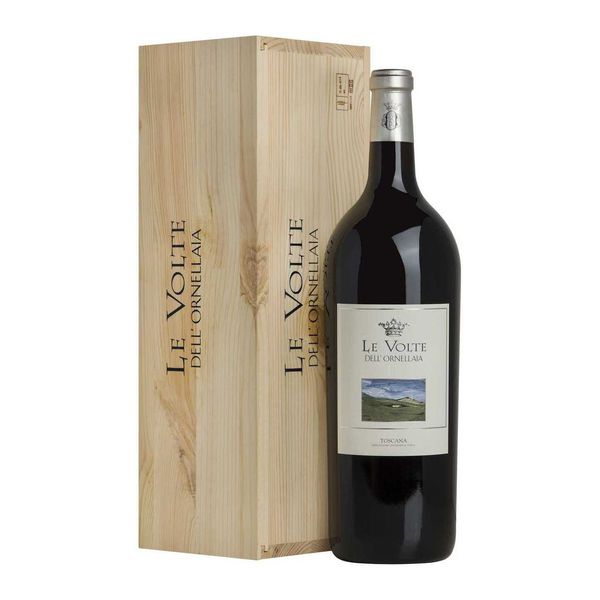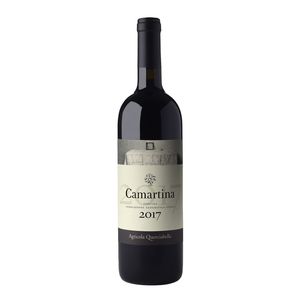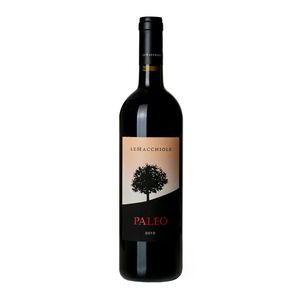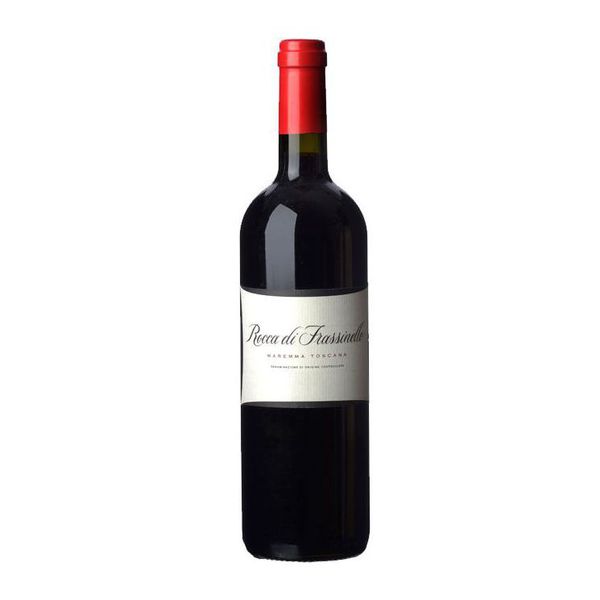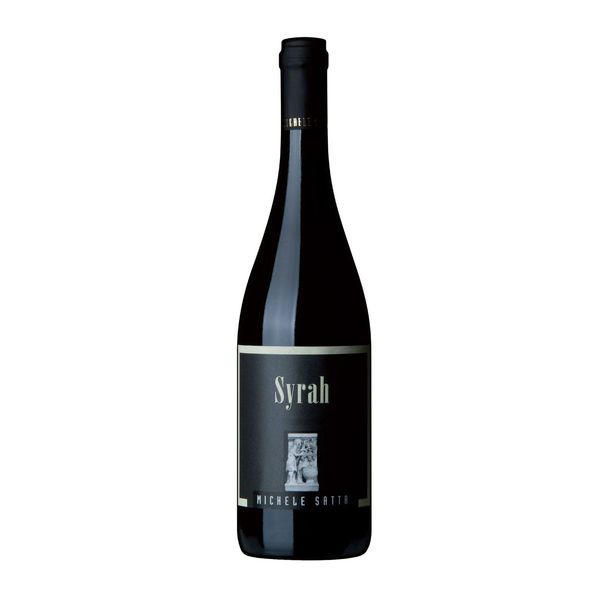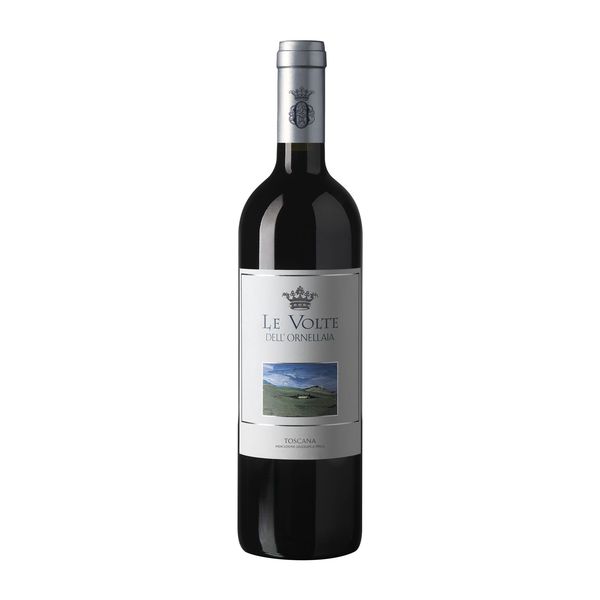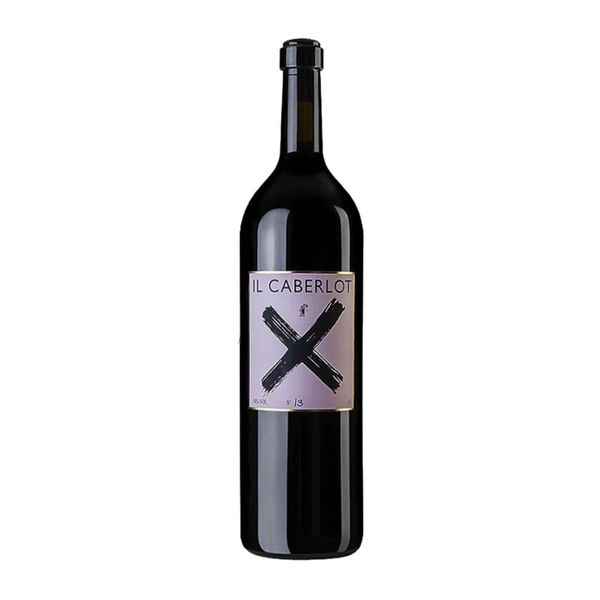Solaia 2008 Marchesi Antinori
The wine shows an elevated color intensity, a sign which, from the very beginning, indicates its importance. The nose is ample and complex, full of fruity and varietal aromas and sensations which begin with black cherries and ripe red fruit and finish with liquorice, coffee, and toasted oak. On the palate the tannins are supple and balanced. The wine is savory and mineral, but soft as well; its aftertaste recalls sweet notes of cacao, vanilla, and black and red berry fruit which linger and last.
Solaia is a 50 acre (20 hectare) vineyard with a southwestern exposure located at an altitude between 1150 and 1325 feet (350-400 meters) above sea level and with a stony soil of “alberese” (hard limestone) and “galestro” (flaky calcareous clay) rock. The vineyard is located at the Tignanello estate. The Antinori family produced this wine for the first time in the year 1978, and the initial blend was 80% Cabernet Sauvignon, and 20% Cabernet Franc, a formula repeated in 1979 as well. In the following years, 20% of Sangiovese was introduced and certain adjustments were also made in the rapport between Cabernet Sauvignon and Cabernet Franc until the current blend was settled upon. Solaia is produced only in exceptional vintage, and was not produced in 1980, 1981, 1983, 1984, and 1992.
The favorable conditions during the harvest period permitted calibrated picking operations in the Solaia vineyard, evaluations based on a judgment of the state of ripeness of the grapes and the differences of exposure and vigor of the various vineyard parcels. In the light of these calculations, the grapes of each parcel were picked separately and by hand into small packing cases and fermented in conical sixty hectolitre oak fermenters. The grapes, once in the cellar, were destemmed and the grapes hand sorted with the objective of moving only the finest berries into the tanks. During the fermentation phase much care and attention was given to the extraction, using only the softest punching down of the cap of skins and rack and return (delestage) techniques in order to fully respect the varietal aromas and the elevated color content of the berries. The special conical forms of the fermenters aided the extraction of sweet and elegant tannins in all three different grape varieties, Sangiovese, Cabernet Sauvignon, and Cabernet Franc. Fermentation temperatures were kept to an average of 81° Fahrenheit (27° centigrade) and never allowed to rise above 88° Fahrenheit (31° centigrade) in order to maintain the maximum aromatic character and impact of the of the fruit, well present in the musts. The musts immediately showed a very important potential in terms of color, structure, and varietal character, and when the wine was run off its skins, after a period of skin contact which lasted from three to four weeks, it went into oak barrels, not new, with the intention of putting it through the malolactic fermentation before the end of the year. During the aging of the wine, in new French oak barrels and for a period of eighteen months, the various lots of wine were kept separate. Regular tasting from the barrels allowed a constant evaluation of quality to maximize the aging phase of the winemaking process, one whose objective was to fully bring out the structure, elegance, and sweetness of the tannins. The wine was finally blended and bottled, then aged for a year in bottle before commercial release .
- Packages: Single bottle
- Regions: Tuscany
- Countries: Italy
- Alcohol Content: 14 %
- Service temperatures: 16/18 °C
- Ideal moments: Moments to remember
- Blends: Cabernet Sauvignon, Cabernet Franc, Sangiovese
- Certifications: IGT
- Scoring: Robert Parker 93, James Suckling 96, Wine Spectator 92
- ID: 3647
- Vintage: 2008
- Producer: Marchesi Antinori
- Wine Style: Wines / Red / Toscana
